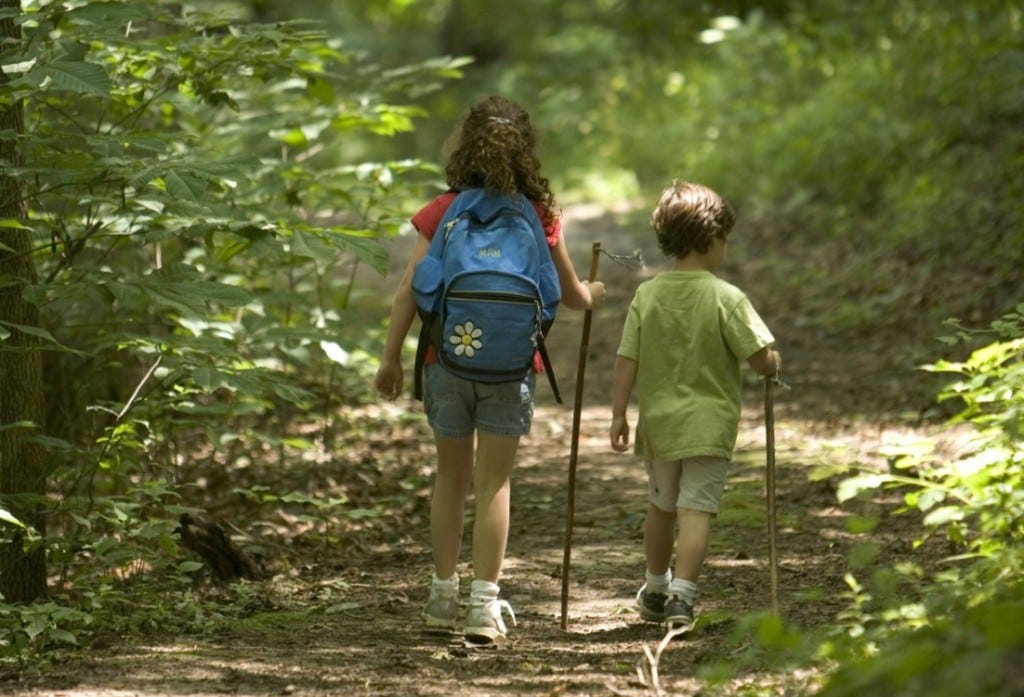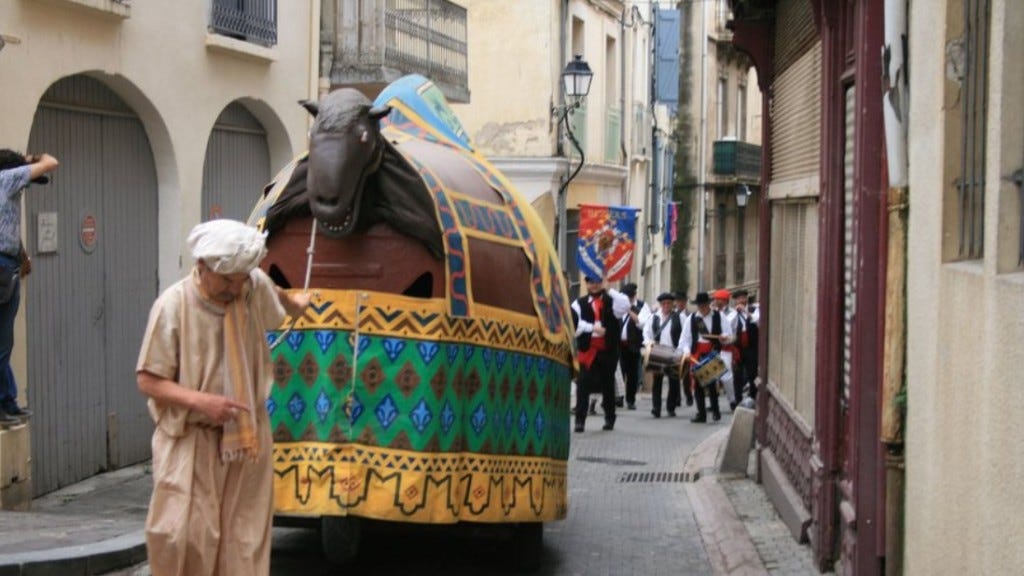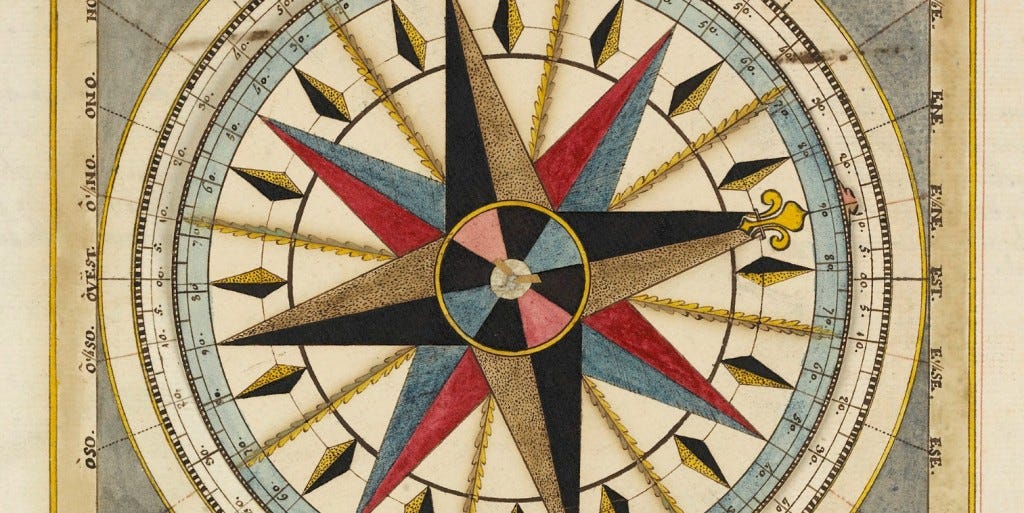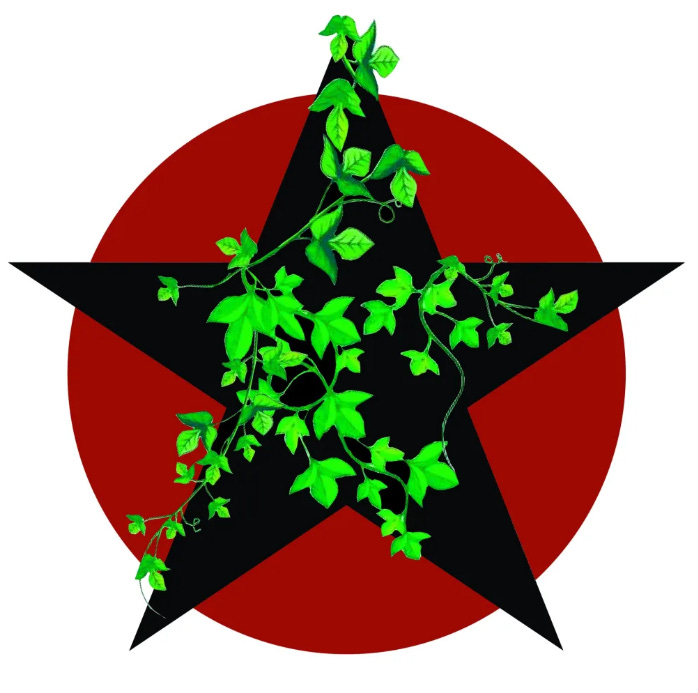Rediscovering rootedness
[Plus audio version]
It is not our belonging to nature that has been stolen from us by the industrial system, but our awareness of that belonging.
The distinction is an important one, because it means that it lies within our own power to restore that psychological connection.
Many of us, of course, already feel that belonging, but we can encourage and enable others to do the same in a variety of ways.
We can try to tempt city-dwellers, in particular, to venture out of their concrete cocoons and experience a world that is actually alive.
This is what was done more than a century ago by the Wandervogel movement in Germany and by initiatives such as the Clarion Clubs and various rambling groups in England, which “expressed a revulsion against the ugliness and anonymity of urbanised, industrial society, and a deep reverence for nature”. [1]
While being able to identify, or photograph, the trees, plants, birds and animals that we encounter there can be interesting and useful, it is not essential.
The idea is to feel the life around us and to know that we are mere offshoots of that greater life.
On every level of existence, we are here not as observers but as participants.
This sense of presence can also be encouraged by maintaining, reviving or even inventing traditions which celebrate the natural world and its rhythms.
When we dance around a sacred oak tree on Midsummer’s Eve, as I used to with my friends in Sussex, or pay respect to springs, rivers or stones, we are reinforcing our awareness of belonging and, furthermore, our appreciation of that awareness and that belonging. [2]
Not so long ago, I attended a talk by local folklore expert Claude Alranq on “L’esprit des lieux“. [3]
He explained how the idea of “the spirit of places” has been progressively denied and stifled by our society, not least in the communist atmosphere in which he personally grew up.
Alranq focused particularly on the way that towns in Occitania, southern France, traditionally had totem animals which featured in their annual religious carnivals. [4]
Although the Roman Catholic Church did not approve of these distinctly non-Christian effigies, and Protestants even less, it was not until the French Revolution, with its “scientific” and “rationalist” outlook, that they were actually banned.
Happily, the practice survived this state repression and totem animals still parade through the streets of the region today – Béziers has its camel, for instance, Gignac its donkey, Pézenas its foal, Agde its seahorse.
Like the “obby oss” in Padstow, Cornwall, these tend to be stylised versions of animals, rather than attempts at accurate representations. [5]
The encouraging news reported by Alranq is that many town and villages are now asking him how they can have a totem animal of their own.
He says it is not something that is easy to invent, as the traditional versions took hundreds or even thousands of years to take shape.
But he says we can re-enchant a place, build back its spirit – and thus understand what totem animal would suit it best – by looking at where various social activities take place, understanding the shape of its “body”, its particularities.
He also suggests identifying the core of a town or village, the historical heart, and then looking at the four cardinal points – north, south, west and east – and noting what lies on the horizon at each point and where the sun rises and sets at various times of the year: in other words, what its physical context is.
A sense of specific place and time, shared with a specific group of people, helps to undo the alienation from which we tend to suffer in the anonymous, homogenous modern world.
When we stop rushing around madly in search of novelty, entertainment and artificial stimulation, we start to feel roots sprouting from our toes and gently reaching into the soil beneath our feet.
Growing bonds with a place and a community, like growing fruit and vegetables, is to turn our backs on the centralised industrial money-world of supermarkets and high-speed travel, of propaganda and “authority”.
It is to start to rediscover what it means to be human, what it means to live as part of a healthy organism.
Of course, nurturing our sense of belonging in these ways will not, by itself, do away with the global concentration camp into which we are being herded.
But it will make us harder to herd, more determined in our defence of all that we love, more resistant to the further assaults on our freedom and well-being that are no doubt being planned by the criminocrats.
This is, after all, why they took such pains to destroy our nature-based ways of thinking and living in the first place!
And, because their insane system is like a bicycle that has to keep moving forward in order to remain stable, slowing its advance may be enough to topple it.
[1] David Prynn, ‘The Clarion Clubs, Rambling and the Holiday Associations in Britain since the 1890s’. https://www.jstor.org/stable/260250
[2] https://www.strangehistory.net/2011/07/08/the-midsummer-oak-and-its-skeletons/
[3] http://claude-alranq.com/a-l-affiche/conferences-animees
[4] https://fr.wikipedia.org/wiki/Animaux_tot%C3%A9miques_de_l%27H%C3%A9rault
[5] https://winteroak.org.uk/2025/06/02/channelling-the-spirit-of-life/







“Harder to herd” — Exactly!
Love the bicycle analogy. Speaking of which, it might be helpful to note that Lance became the king of Le Tour, until his system got sussed and busted. There's no reason Technocracy can't suffer the same fate.
This is a good piece of writing. Thank you.
I believe looking back over my seven decades that it was TV that began the disconnection with place. We began to live inside that box, to live with fakery & lies. It's got very much worse since of course. But many are working now to reconnect with what is true & real.